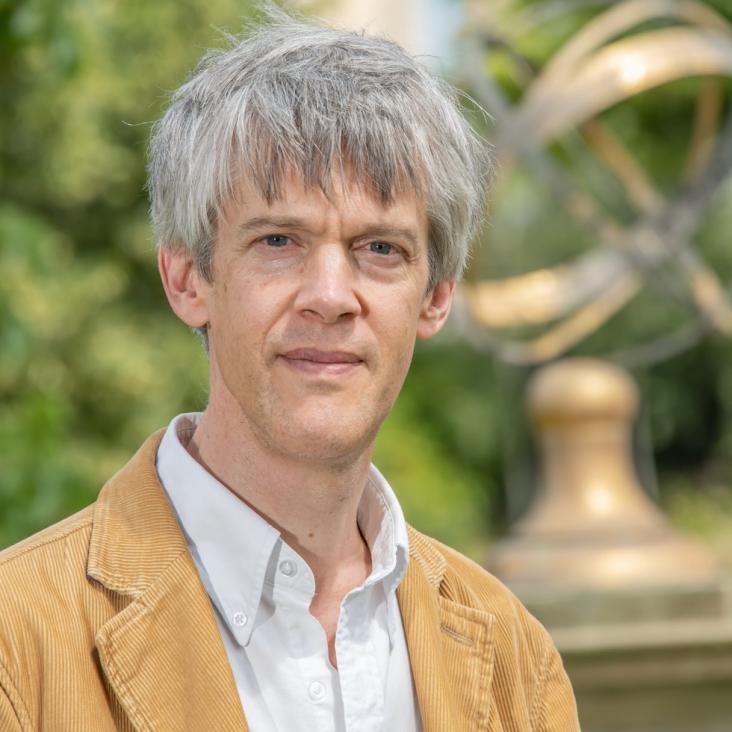Wiggle-match dating of tree-ring sequences
Radiocarbon 46:2 (2004) 917-924
Abstract:
Given the non-monotonic form of the radiocarbon calibration curve, the precision of single 14C dates on the calendar timescale will always be limited. One way around this limitation is through comparison of time-series, which should exhibit the same irregular patterning as the calibration curve. This approach can be employed most directly in the case of wood samples with many years growth present (but not able to be dated by dendrochronology), where the tree-ring series of unknown date can be compared against the similarly constructed 14C calibration curve built from known-age wood. This process of curve-fitting has come to be called "wiggle-matching." In this paper, we look at the requirements for getting good precision by this method: sequence length, sampling frequency, and measurement precision. We also look at 3 case studies: one a piece of wood which has been independently dendrochronologically dated, and two others of unknown age relating to archaeological activity at Silchester, UK (Roman) and Miletos, Anatolia (relating to the volcanic eruption at Thera).NotCal04—Comparison/Calibration 14C Records 26–50 Cal Kyr BP
Radiocarbon Cambridge University Press (CUP) 46:3 (2004) 1225-1238
Abstract:
Pragmatic Bayesians: a Decade of Integrating Radiocarbon Dates into Chronological Models
Chapter in Tools for Constructing Chronologies: Crossing Disciplinary Boundaries, Lecture Notes in Statistics, Springer Verlag (2004) 25-41
Direct Dating of Archaeological Pottery by Compound-Specific 14C Analysis of Preserved Lipids
Analytical Chemistry American Chemical Society (ACS) 75:19 (2003) 5037-5045
An early modern human from the Peştera cu Oase, Romania
Proceedings of the National Academy of Sciences Proceedings of the National Academy of Sciences 100:20 (2003) 11231-11236


